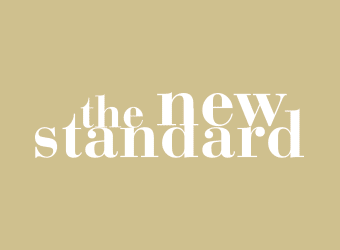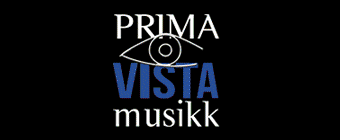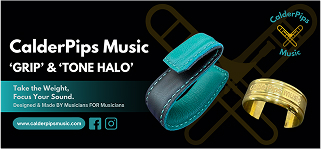A study conducted at the Konzerthaus concert hall in Dortmund in Germany, investigating the spatial dispersion of aerosols and CO2, has concluded that it is theoretical that full audience capacity could be undertaken in future.
It was conducted by the Fraunhofer Heinrich Institute Goslar and the measurement specialists ParteQ.
Theoretical
However, even though the study stated that, "full occupancy of the concert hall would theoretically be conceivable" by fully utilising existing central ventilation systems and the wearing of face masks to reduce aerosol and CO2 pollution, it still recommended that a checkerboard auditorium layout, which would reduce capacities to around 50%, would be more appropriate.
In its conclusion the study stated that "…a reopening with at least 50% capacity in a checkerboard arrangement, with one seat free between each seated group, can be recommended on the basis of the study results, especially since the safety distances in the foyer areas and on routes in and out of the auditorium can be ensured."
Challenges
It was clear though that a number of challenges still remained — not least financial ones.
Following the findings published on the Pollstar website, a number of venue operators and concert promoters confirmed that 50% capacity would not be economically viable. The auditorium of Konzerthaus Dortmund, opened in autumn 2002, has 1,550 seats.
The study took place in early and late November and also found that with a mask, and with a sufficient supply of fresh air via the existing ventilation and air conditioning system, there was practically no influence of test aerosols on any of the neighbouring places from an emitting test person during the tests.
The large room volume ensured a strong dilution of contaminated aerosols, and due to the supply and extraction air operation of the ventilation system without recirculation function, aerosols are effectively removed in all areas and cannot accumulate.
...a reopening with at least 50% capacity in a checkerboard arrangement, with one seat free between each seated group, can be recommended on the basis of the study resultsstudy findings
Checkerboard
However, without a mask, they stated that the seat directly in front should be kept free alongside the remaining neighbouring seats — a checkerboard arrangement.
It was made clear though that the wearing of masks should always be necessary in corridors, in break areas, and in the foyers, due to the different ventilation systems that are usually employed and where close contact could not be regulated.
Recommended
They recommended that during breaks all doors to the auditorium should remain open to allow for additional crossflow ventilation, although the greater number of people in an auditorium did not disturb the upwards air flow, but rather promotes it through additional thermal effects.
Their findings suggested that a concert hall cannot trigger a "superspreading" event with the existing ventilation in place and with a complete air exchange with fresh, outside air every 20 minutes.
Copyright:icestylecg



















